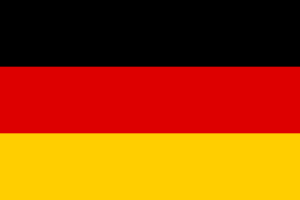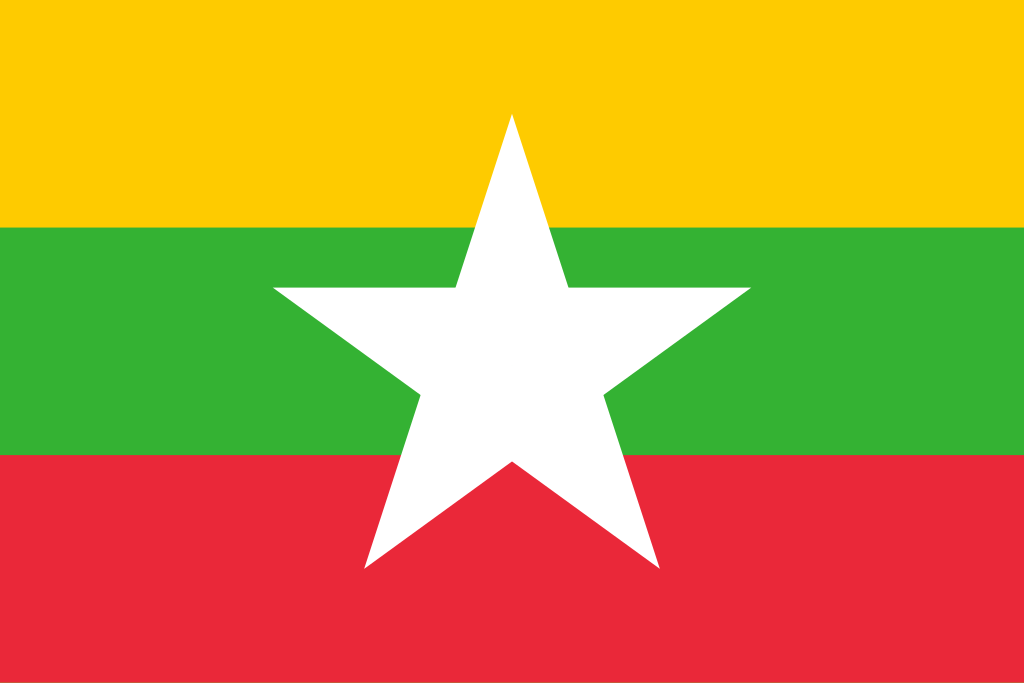The translation industry has faced many challenges, and with the rise of neural machine translations, inferior as they may be to human work, they have grown exponentially. Additionally, new language technology has emerged rapidly, and the growth of online video and e-learning content has further added to the industry’s complexity. This has forced language service providers worldwide to stay agile and differentiate themselves with superior service. As we look at the year 2018, here are the key trends that are expected to shape the localization and translation landscape.
Neural and Adaptive Machine Translations Will Become Even More Common
Neural Machine Translation (NMT) has been steadily improving, with service providers investing significant resources to enhance its performance. In 2018, we expect this technology to become even more common and to be integrated into tools like CAT (Computer-Assisted Translation) and Translation Management Systems (TMS). However, while machine translation is improving, it’s important to note that it will never be as effective as human translation, especially when the translation requires expertise in a particular domain.
Multilingual Digital Content Will Rise in Demand
The demand for multilingual digital content will continue to grow, especially with search engines creating new needs for content in various languages. This increase in demand is expected to significantly contribute to the growth of the language industry. As content creators strive to meet this demand, localization and translation services will be more critical than ever.
Demand for Video Content Will Keep Growing
Cisco predicts that by next year, 80% of the internet’s traffic will be video content. With video being a powerful medium, localization and translation of video content will become even more essential. As more businesses and organizations expand globally, the need for localized video content will increase, especially with the rise of e-learning platforms and video-based marketing.
Interpretation Technology Will Improve
Interpretation technology is advancing rapidly, with tools like Google’s real-time translation headphones leading the charge. While these technologies are still not as accurate as human interpreters, they have become increasingly accessible to the average user, and their performance is expected to improve significantly in 2018. These advancements will make interpretation services more widely available but will still require human experts for high-quality translation.
ISO Certifications Will Become More Relevant
As the language service industry continues to evolve, ISO certifications will play a more significant role. In 2017, ISO introduced new standards for post-editing machine translation, such as ISO 18587:2017. With the growing use of machine translation, these certifications will become increasingly important for ensuring quality and consistency in translation services. Translators may pursue certifications in ISO 18587, ISO 21720 (XML localization), and ISO 18841 (interpretation) to stay competitive in the industry.
At Lingual Consultancy, we remain ahead of these trends, offering a combination of people, technology, and expertise to provide the best translation and localization services. No matter what challenges the industry faces, we are here to ensure that your content remains professional, proficient, and localized for every market.










